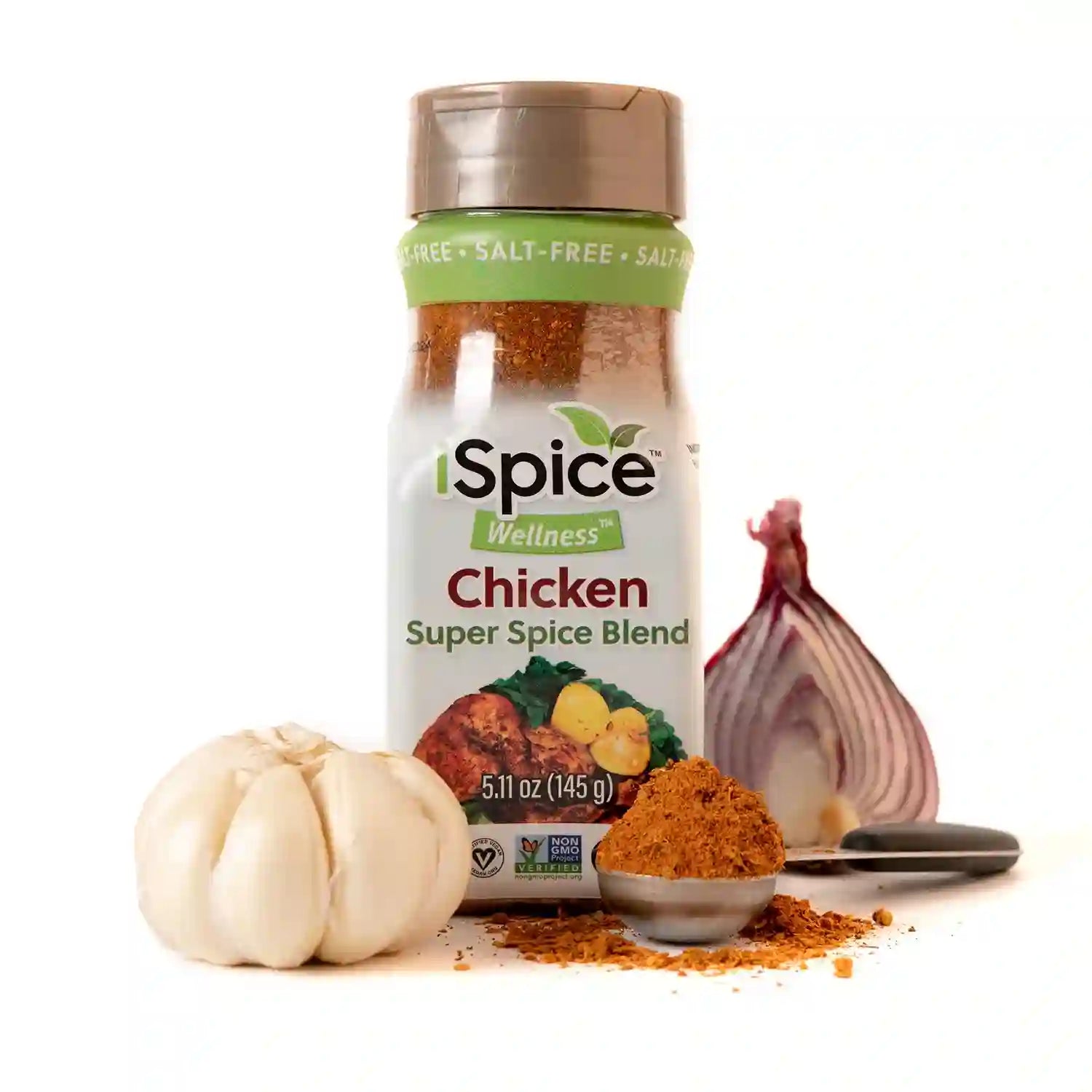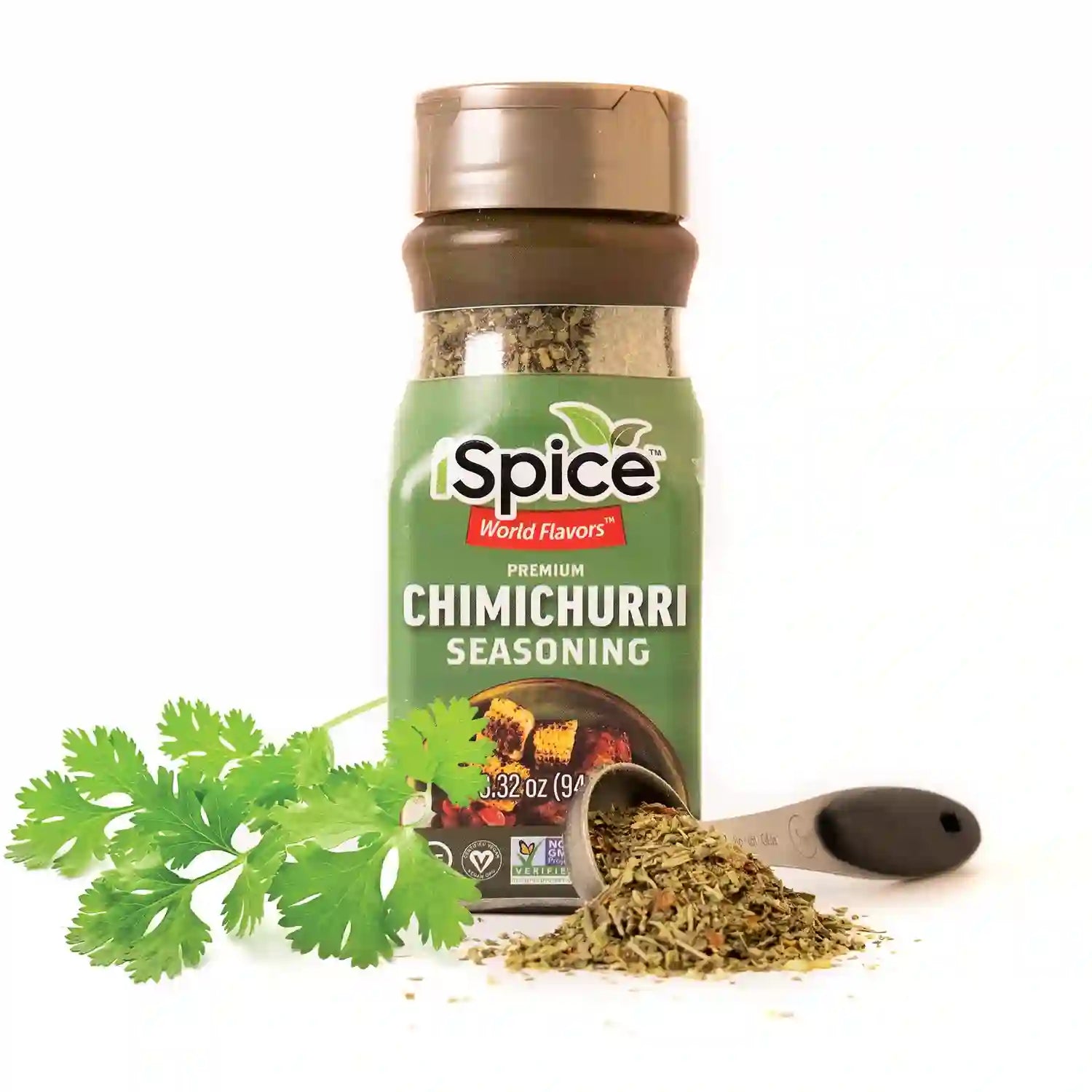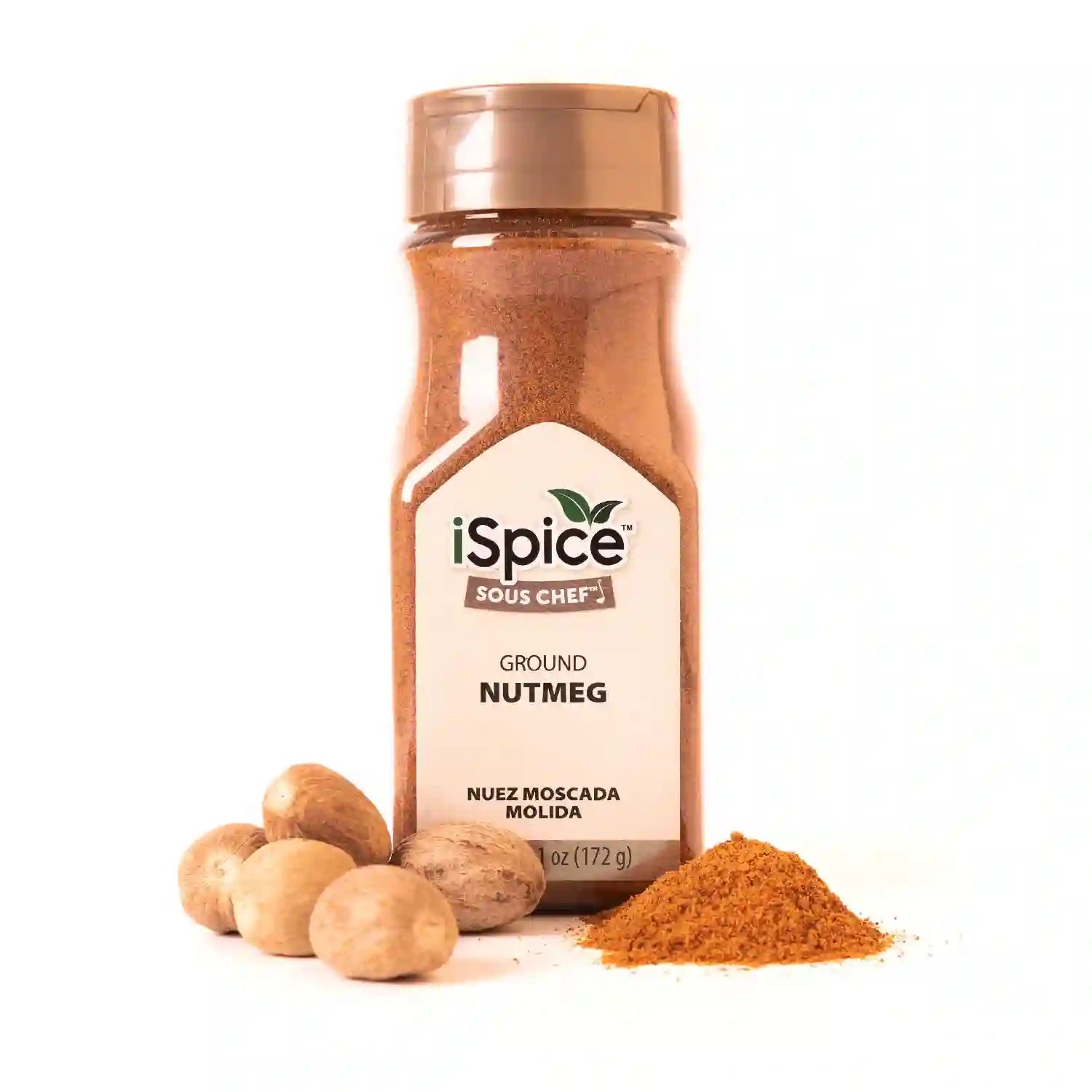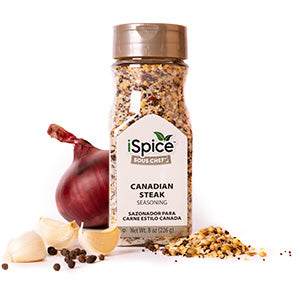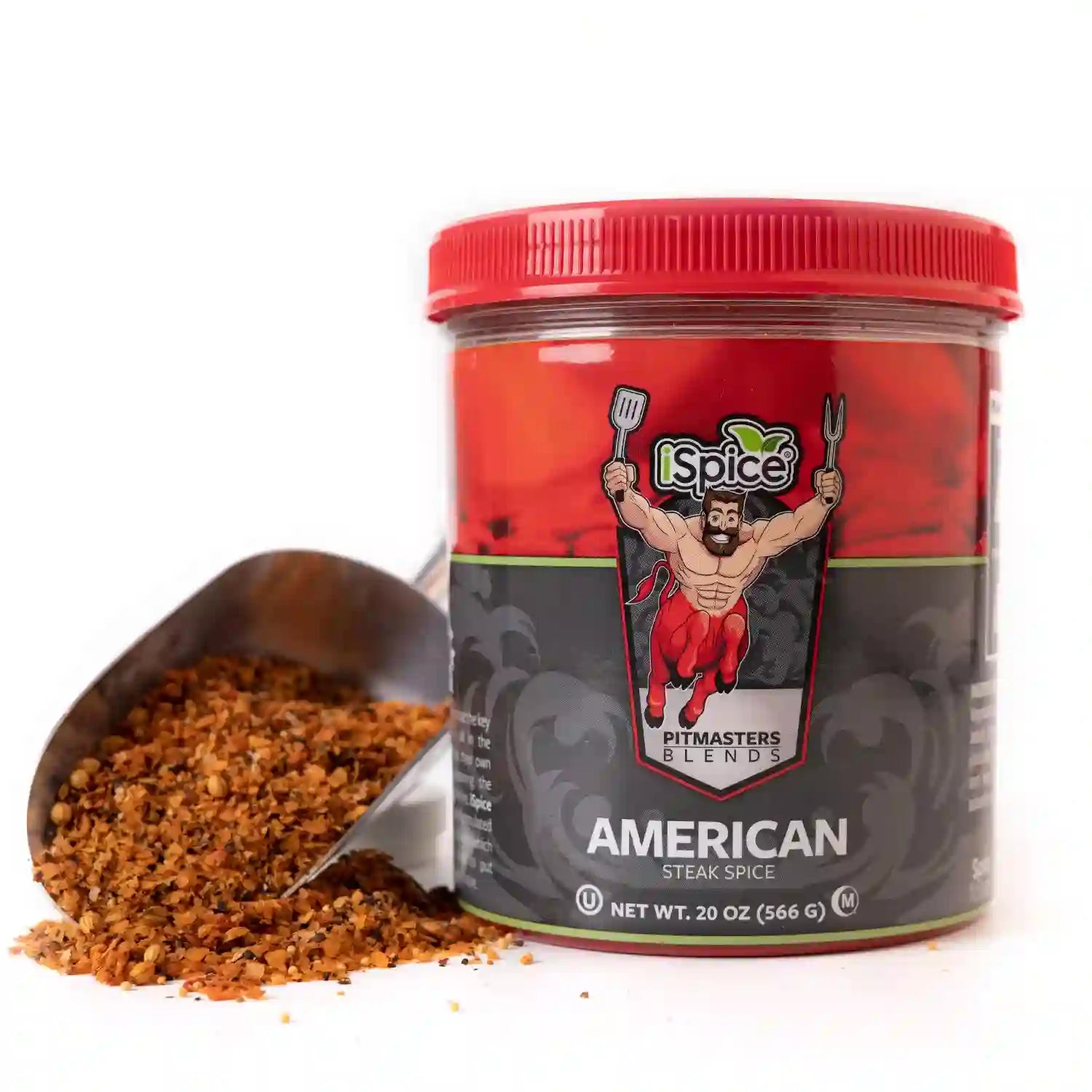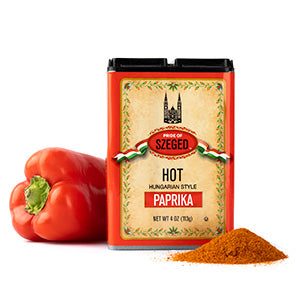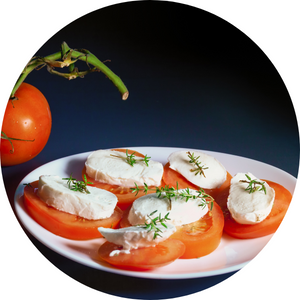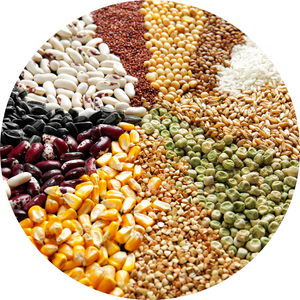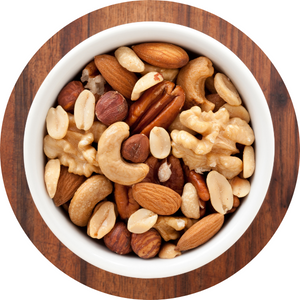
Different proteins have unique textures, moisture levels, and natural flavors — and each reacts differently to spices. Choosing the right seasoning helps highlight the best qualities of meat, poultry, seafood, or plant-based options.
Whether you’re cooking chicken, steak, or tofu, understanding how spices interact with proteins allows you to create dishes that are balanced, aromatic, and deeply satisfying.
Why Matching Spices to Proteins Matters
Each protein type has its own natural flavor profile. The right spices enhance that base rather than overpowering it. For example, chicken benefits from bright and herbal notes, while beef thrives on smoky, earthy warmth.
Benefits of proper spice pairing:
-
Enhances flavor without masking the protein
-
Balances fat, salt, and umami levels
-
Creates harmony between texture and aroma
-
Adapts global cuisines easily (Mediterranean, Asian, Latin)
-
Turns simple ingredients into signature dishes
The Best Spices for Each Protein
| Protein Type | Recommended Spices & Herbs | Flavor Notes |
|---|---|---|
| Chicken | Paprika, thyme, garlic, rosemary, turmeric | Mild and versatile; absorbs herbs well |
| Beef | Black pepper, cumin, chili powder, mustard seed, smoked paprika | Rich, bold, earthy, and spicy |
| Pork | Cinnamon, sage, coriander, fennel, cayenne | Sweet and savory balance |
| Fish | Dill, lemon zest, garlic powder, parsley, coriander | Fresh, citrusy, and delicate |
| Seafood (shrimp, scallops, etc.) | Paprika, chili flakes, lime zest, thyme | Light spice with tangy finish |
| Lamb | Rosemary, mint, cumin, cinnamon | Warm, aromatic, and gamey complement |
| Tofu / Plant-Based Proteins | Curry powder, smoked paprika, garlic, ginger, soy sauce | Absorbs deep spice blends beautifully |
| Eggs / Dairy-Based Dishes | Chives, nutmeg, black pepper, parsley | Gentle, aromatic balance |
Each combination complements texture and flavor intensity while keeping the natural taste of the protein intact.
How to Apply Spices to Different Proteins
1. Chicken – Mild and Adaptable
-
Works with almost any spice blend.
-
Best techniques: marinating, grilling, or roasting.
-
Try: Paprika + thyme + garlic for Mediterranean flavor.
2. Beef – Bold and Hearty
-
Handles strong spices due to higher fat content.
-
Best techniques: dry rubs and slow cooking.
-
Try: Cumin + black pepper + chili powder for smoky richness.
3. Pork – Sweet and Savory Balance
-
Pairs well with both fruit and spice.
-
Best techniques: glazing, roasting, or smoking.
-
Try: Cinnamon + fennel + garlic for classic BBQ flavor.
4. Fish – Light and Bright
-
Delicate, so subtle spice is key.
-
Best techniques: baking, searing, or poaching.
-
Try: Dill + coriander + lemon zest for refreshing notes.
5. Lamb – Warm and Aromatic
-
Naturally strong flavor that complements bold spices.
-
Best techniques: roasting or grilling.
-
Try: Cumin + rosemary + cinnamon for earthy depth.
6. Tofu / Plant-Based – Absorbs Everything
-
Neutral base perfect for spice-forward cooking.
-
Best techniques: marinating, sautéing, or baking.
-
Try: Curry powder + garlic + paprika for smoky, rich flavor.
Spice Pairing Examples by Cuisine
| Cuisine | Signature Spices | Best Protein Match |
|---|---|---|
| Mediterranean | Oregano, rosemary, lemon zest | Chicken, fish |
| Latin American | Chili powder, cumin, garlic | Beef, pork |
| Middle Eastern | Coriander, cinnamon, cardamom | Lamb, poultry |
| Asian | Ginger, soy, sesame, turmeric | Tofu, seafood |
| American BBQ | Smoked paprika, brown sugar, black pepper | Beef, pork |
Using regional flavors helps achieve authentic taste combinations across different proteins.
Tips for Choosing and Using Spices
-
Match intensity: Use bolder spices for fatty meats and milder ones for lean proteins.
-
Use acid for balance: Lemon, lime, or vinegar brighten heavy flavors.
-
Don’t over-season: Start small and build gradually.
-
Consider cooking time: Longer cooking benefits from stronger spices; quick dishes need lighter ones.
-
Combine fresh herbs: Add at the end for aroma and color.
Frequently Asked Questions About Spicing Proteins
1. What’s the best all-purpose spice blend for multiple proteins?
A mix of paprika, garlic powder, black pepper, and thyme works well across most meats and seafood.
2. Should I marinate proteins with dry or wet spices?
Wet marinades work best for lean proteins like chicken and fish; dry rubs suit fattier cuts like beef and pork.
3. Can I use the same spice mix for meat and plant-based proteins?
Yes, but reduce intensity for tofu or tempeh — they absorb flavor quickly.
4. What’s the best way to prevent spices from burning during cooking?
Cook over medium heat and add spices to oil before adding protein to release flavor gently.
5. How can I make mild proteins taste richer?
Layer spices — start with warm seasonings like paprika and finish with fresh herbs like parsley or cilantro.
Final Thoughts
Choosing the right spice for each protein transforms ordinary meals into bold, flavorful dishes. By understanding how herbs and seasonings interact with chicken, beef, fish, and plant-based proteins, you can bring out their best textures and aromas. From smoky to citrusy or spicy to herbal, the right pairing turns every bite into a balanced, satisfying experience.

